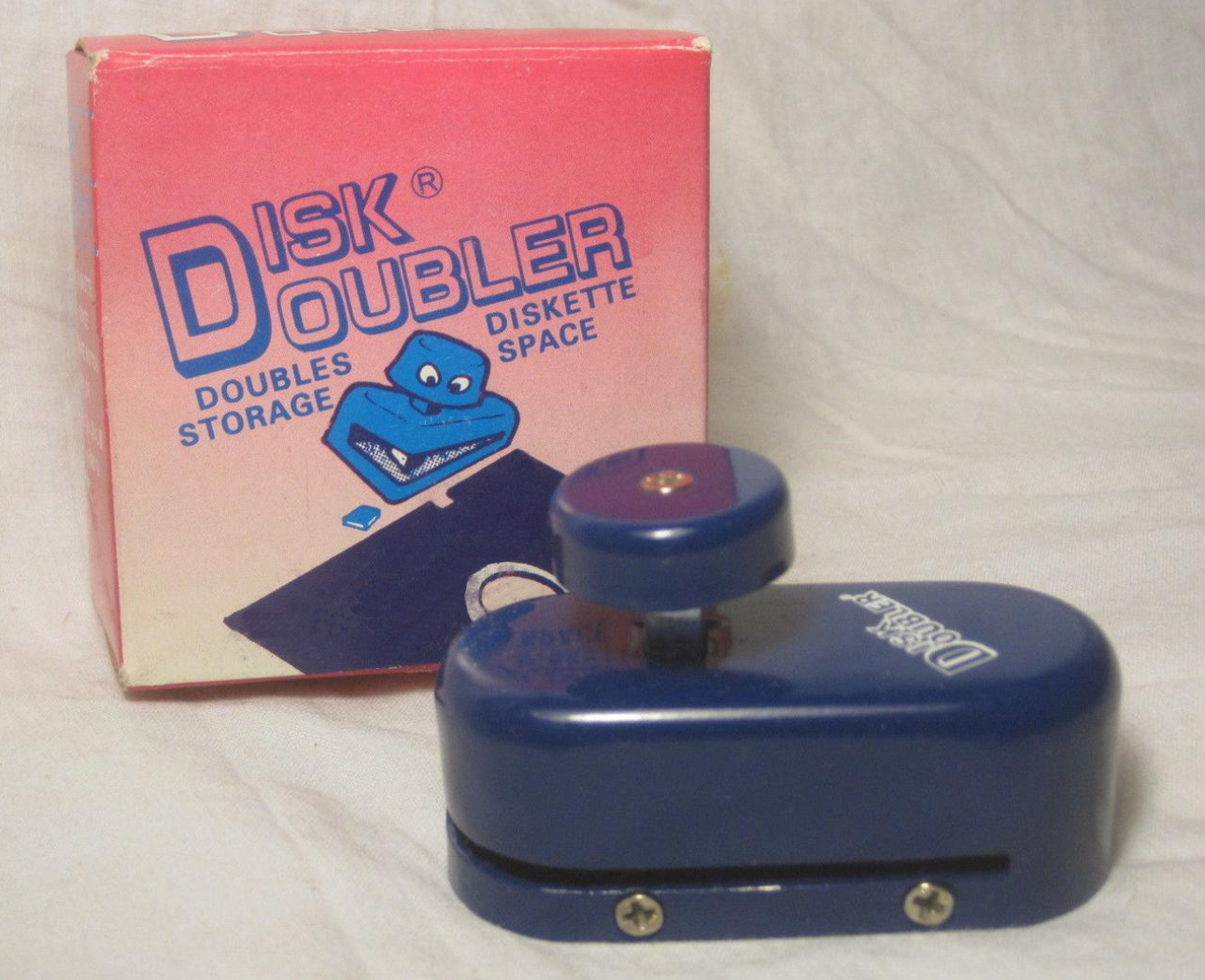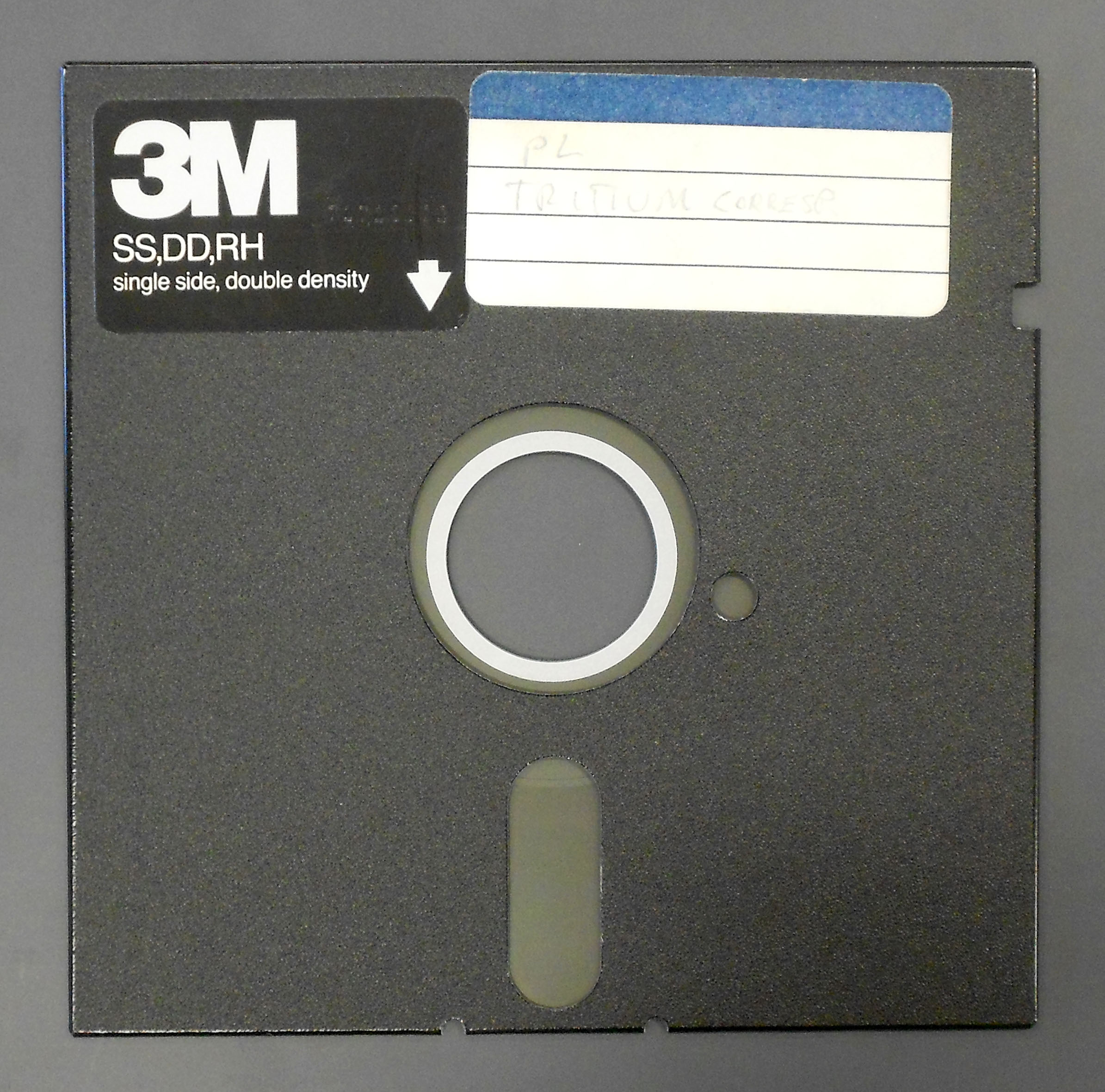


If you do not know what it is or you've never used it, then you've lost a piece of the brief history of the personal computer.
We are in the historical moment when the storage support for personal computers is the floppy disk, in 5.25" format.
Indeed, let's say that the top of personal computers use floppies, the others, known as home computers, still use the cassette recorder.

The floppy, briefly, is a circular magnetic support, a disk in fact, inserted in a protective plastic case. On this case we can see an ovoid opening where the head of the drive can access the magnetic support, the ring where it inserts the motor of the drive to turn the disk and a notch in the upper right.
This notch if it is open, indicates that the floppy is accessible both in writing and reading, if the notch is instead closed, typically with some trivial adhesive tape, the floppy is read-only.
I remember paying 50,000 of the old italian lira for a 3M box of 10 floppies, so it was a very important cost, I think that with 20.000 italian lira you could fill up the machine.
5.25" floppy disks were produced in various formats, from the cheapest to the most expensive:
- single face, single density (SS / SD)
- single face, double density (SS / DS)
- double-sided, single density (DS / SD)
- double sided, double density (DS / DD)
- double sided, high density (DS / HD)
Single-sided floppies were made for drives with only one head, double-sided for two-head drives.
The single and double-sided floppy were produced in the same way, the only difference was that the double-sided were tested on both sides precisely and therefore certified as such.
Soon, we young geeks discovered that single-sided floppies could be used on both sides, the only problem was that the read-only notch was closed, of course.
At the beginning, then, an artisan operation was carried out, with cutter and scissors the famous notch was built, but soon the "disk doubler" arrived on the market, which with precision and cleanness created the notch in the floppy, and here is a free doubling of the recording space.
I do not remember ever having found a second useless side.